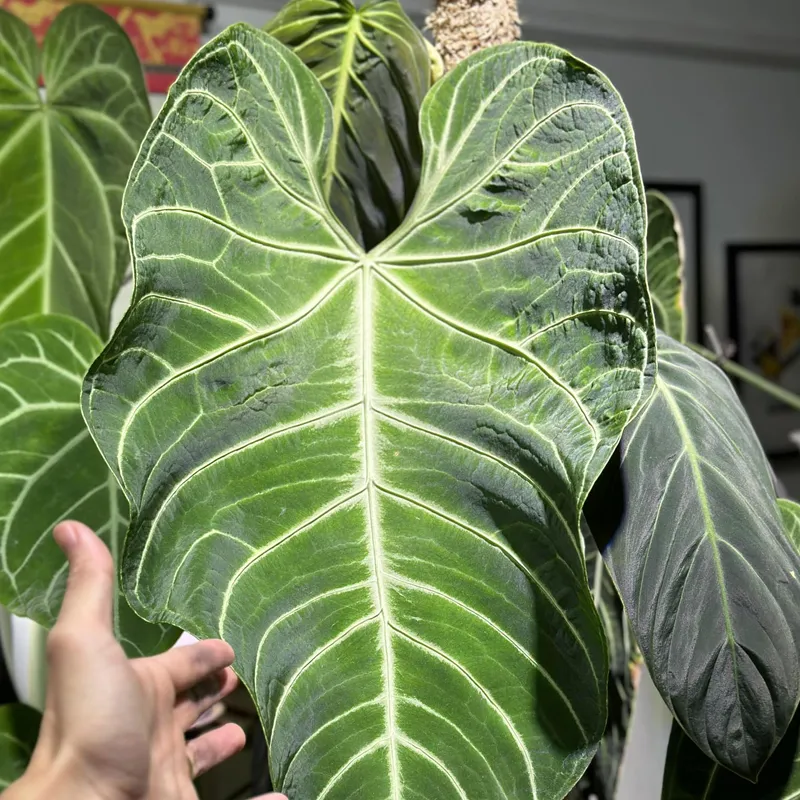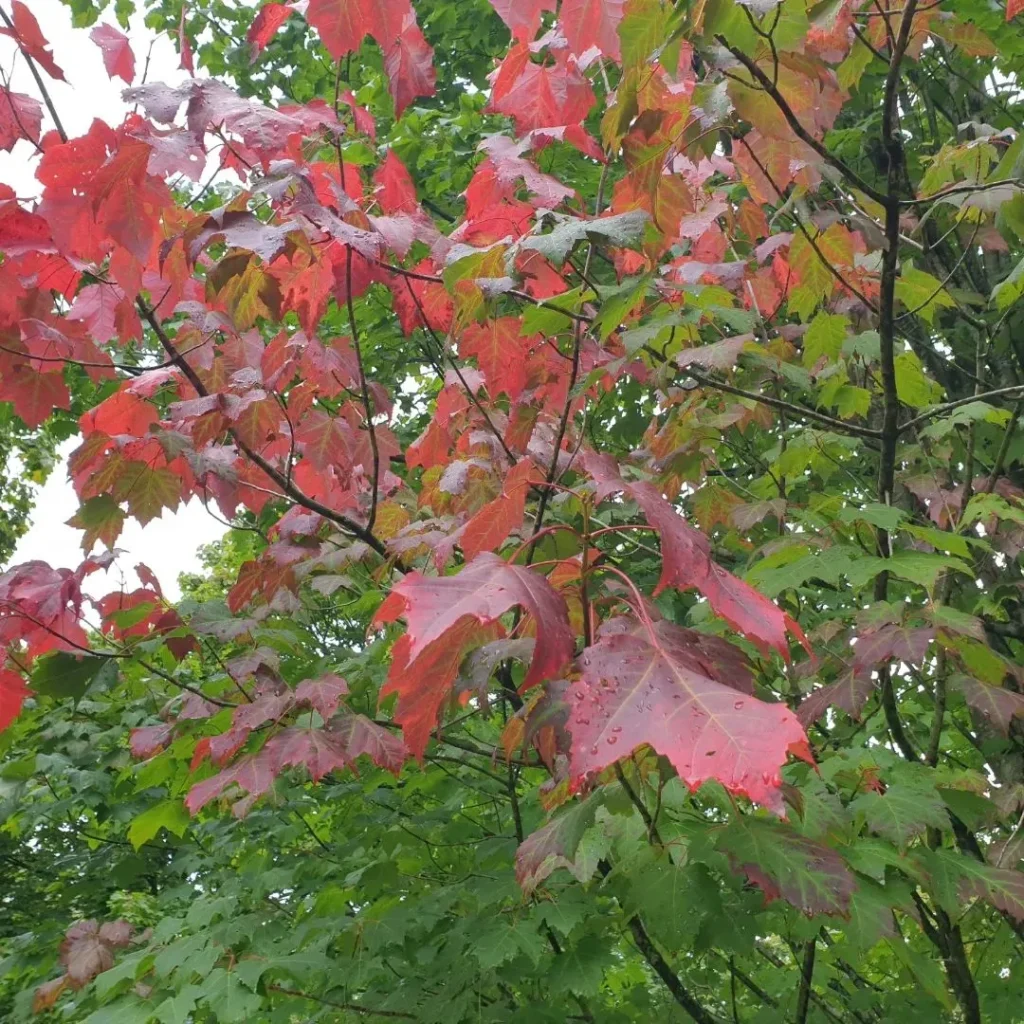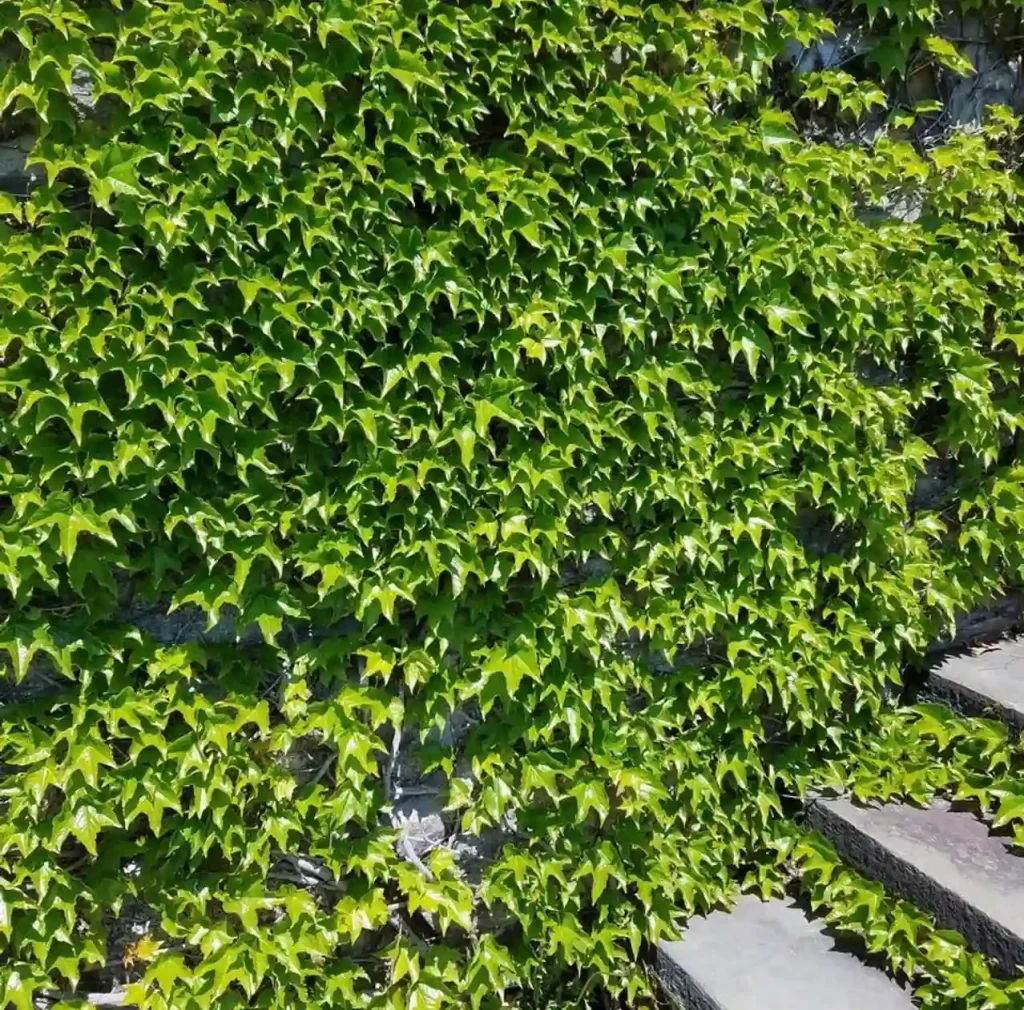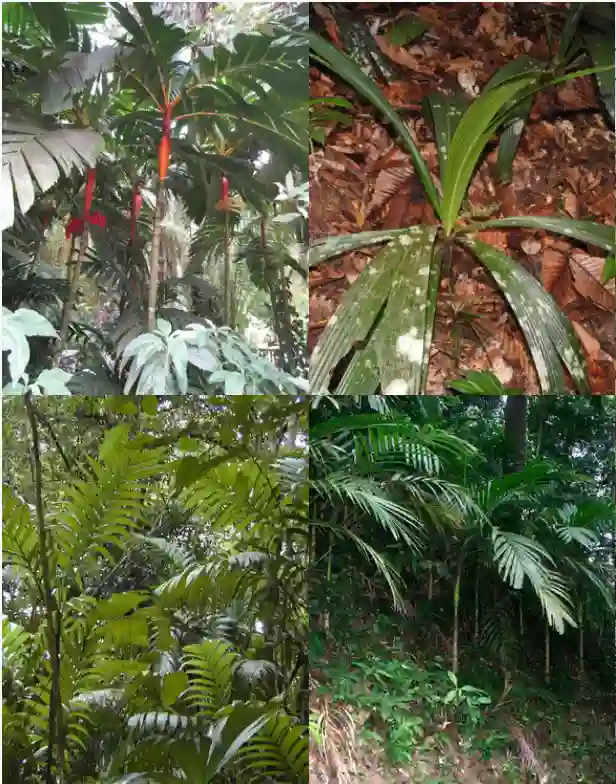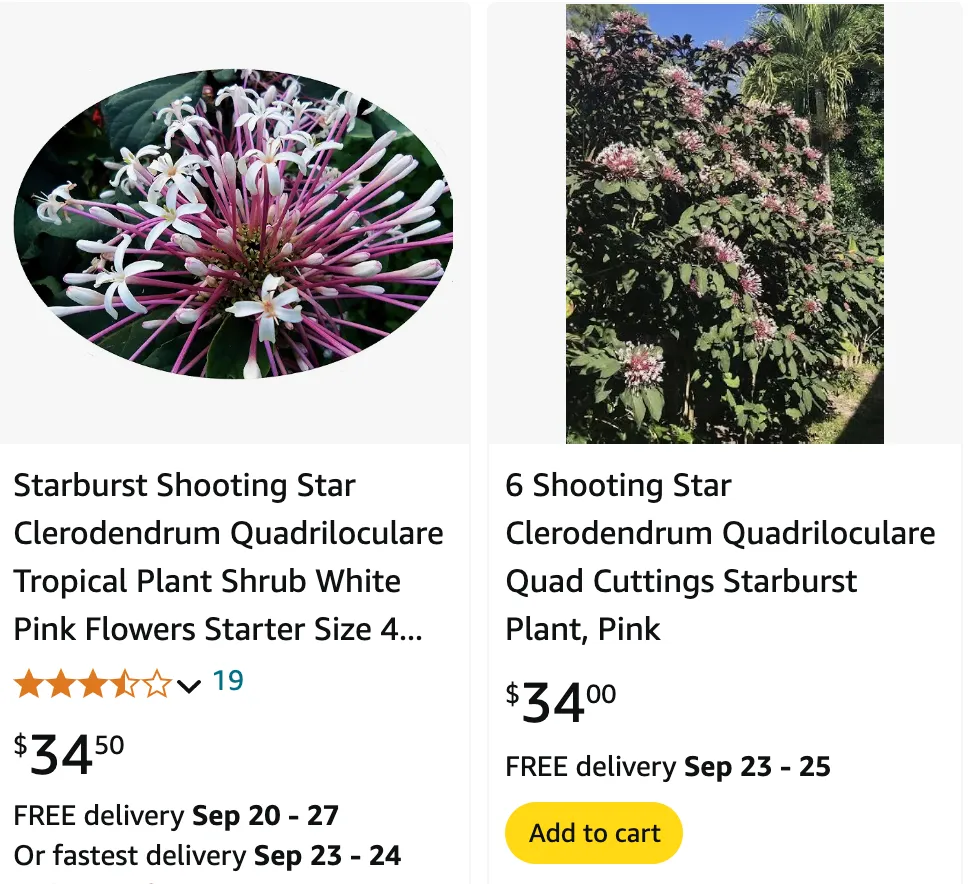
FAQs About Clerodendrum Quadriloculare
When I first encountered Clerodendrum Quadriloculare, I was intrigued by its stunning flowers and unique growth habits. If you’re considering adding this plant to your collection or already have one, you might have some questions about how to care for it, propagate it, and handle common issues. Here’s a detailed guide to help you with Clerodendrum Quadriloculare.
239 Species in Genus Clerodendrum
What Is Clerodendrum Quadriloculare?
Clerodendrum Quadriloculare, often known for its vibrant clusters of flowers, is a tropical plant that brings a burst of color to any garden or indoor space. Native to tropical regions, it’s renowned for its striking appearance and relatively low maintenance requirements. This plant is also sometimes referred to as the “Four-Cornered Clerodendrum” due to the shape of its flower clusters.
How to Care for Clerodendrum Quadriloculare?
Caring for Clerodendrum Quadriloculare involves a few key aspects:
- Light: This plant thrives in bright, indirect light. It can handle some direct sunlight but is best protected from the harsh midday rays.
- Watering: Keep the soil consistently moist but not soggy. Overwatering can lead to root rot, so ensure the pot has good drainage.
- Humidity: Clerodendrum Quadriloculare enjoys high humidity. If you’re growing it indoors, consider using a humidity tray or a room humidifier.
- Temperature: It prefers warm temperatures, ideally between 65-75°F (18-24°C). Avoid placing it in drafty areas or near air conditioning vents.
How to Do a Clerodendrum Quadriloculare Cutting?
If you’re looking to propagate Clerodendrum Quadriloculare, taking cuttings is a popular method. Here’s how I’ve successfully done it:
- Choose the Right Time: The best time to take cuttings is during the plant’s active growing season, typically in spring or summer.
- Prepare the Cutting: Use a clean, sharp knife or scissors to cut a healthy, non-flowering stem about 4-6 inches long. Make sure it has at least 2-3 nodes.
- Remove Excess Leaves: Strip off the lower leaves, leaving a few at the top.
- Dip in Rooting Hormone: To boost the rooting process, dip the cut end in rooting hormone powder.
- Plant the Cutting: Insert the cutting into a pot filled with a well-draining mix, such as perlite and peat moss. Water lightly.
- Create a Humid Environment: Cover the pot with a plastic bag or place it in a greenhouse to maintain high humidity.
How to Root Clerodendrum Quadriloculare?
Rooting Clerodendrum Quadriloculare from cuttings involves patience and proper care:
- Provide Warmth: Keep the cutting in a warm, bright spot but out of direct sunlight.
- Maintain Moisture: Ensure the soil remains consistently moist. Mist the cutting regularly to keep humidity high.
- Wait for Roots: It can take several weeks for roots to develop. Gently tug on the cutting after a few weeks to check for resistance, indicating root growth.
Can You Propagate Clerodendrum Quadriloculare in Water?
Yes, you can propagate Clerodendrum Quadriloculare in water. Here’s a simple method I’ve used:
- Prepare the Cutting: As with soil propagation, cut a healthy stem and remove the lower leaves.
- Place in Water: Place the cutting in a jar of water, ensuring the nodes are submerged.
- Change Water Regularly: Change the water every few days to keep it fresh and prevent algae growth.
- Wait for Roots: Once the roots are a few inches long, you can transplant the cutting into soil.
What to Plant With Clerodendrum Quadriloculare?
When choosing companion plants for Clerodendrum Quadriloculare, consider plants with similar care requirements. I’ve found that it pairs well with:
- Ferns: Their lush foliage complements the vibrant flowers of Clerodendrum Quadriloculare.
- Coleus: The colorful leaves of Coleus add an extra pop of color and work well in similar light conditions.
- Spider Plants: These add a different texture and can help increase humidity around the Clerodendrum.
Is Clerodendrum Quadriloculare Toxic?
Clerodendrum Quadriloculare is not known to be toxic to humans or pets. However, it’s always wise to keep plants out of reach of children and pets to avoid any potential issues with ingestion or allergic reactions.
Common Problems and Solutions
Like any plant, Clerodendrum Quadriloculare can encounter some issues:
- Leaf Drop: This can be a sign of overwatering or low humidity. Adjust your watering schedule and increase humidity if needed.
- Pest Infestations: Watch for common pests like spider mites or aphids. Regularly inspect your plant and treat any infestations with insecticidal soap.
How Does Clerodendrum Quadriloculare Compare to Similar Plants?
If you’re considering similar plants, Clerodendrum Quadriloculare stands out for its unique flower clusters and vibrant colors. It’s often compared to other Clerodendrum species, like Clerodendrum Thompsoniae, which has a different flower structure and growth habit.
In summary, Clerodendrum Quadriloculare is a stunning and relatively easy-to-care-for plant. Whether you’re propagating it from cuttings, rooting it in water, or simply enjoying its beauty, it can be a wonderful addition to your plant collection. With the right care and attention, you can ensure it thrives and continues to bring vibrant color to your space.
If i die, water my plants!
